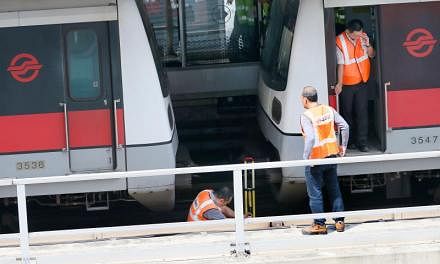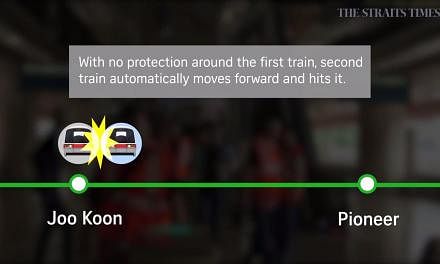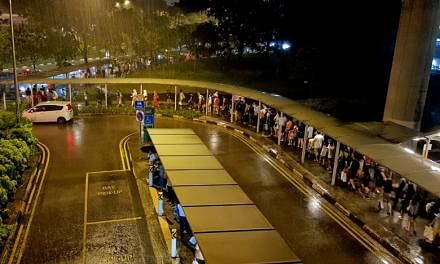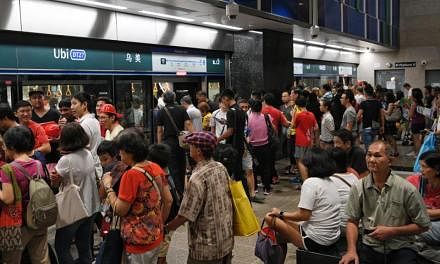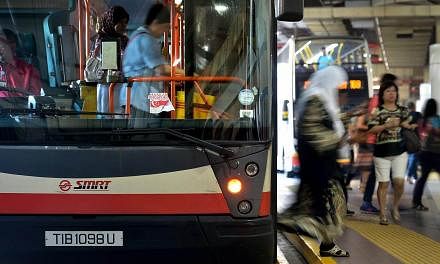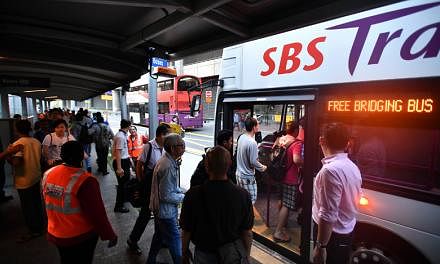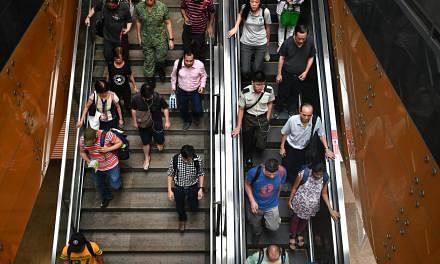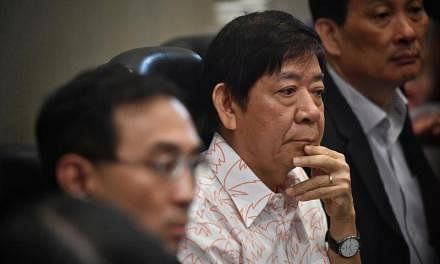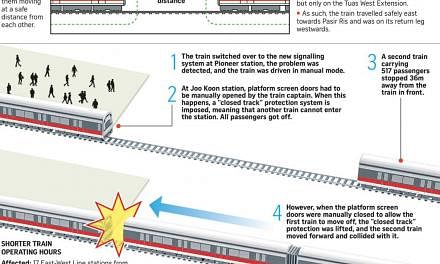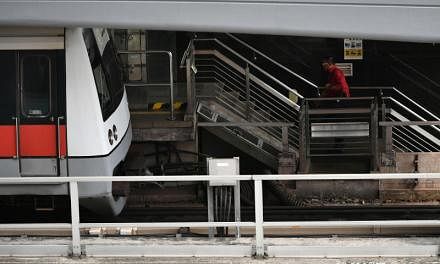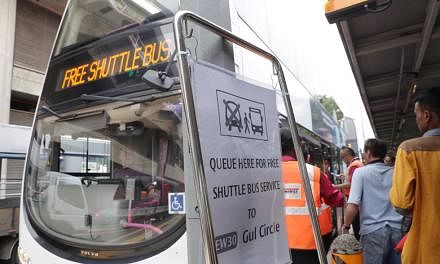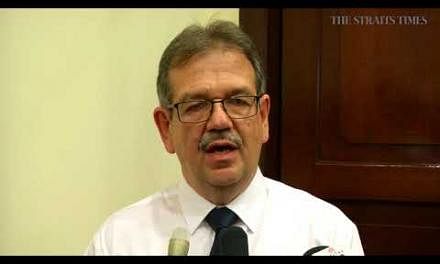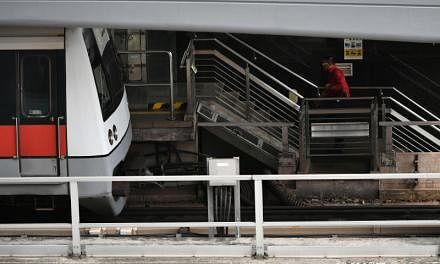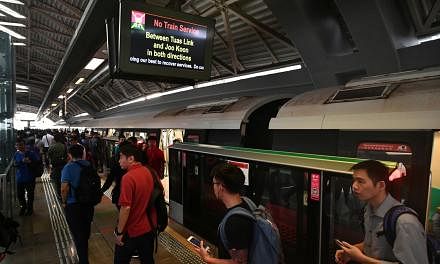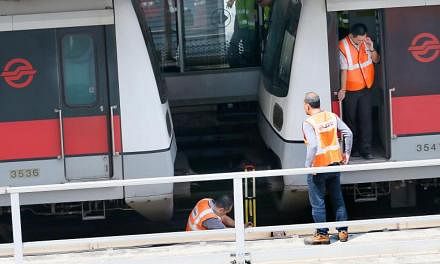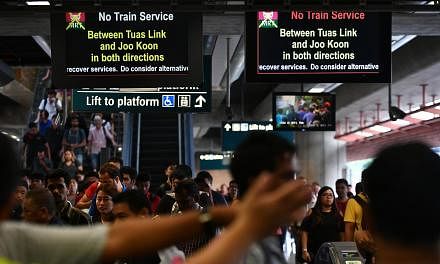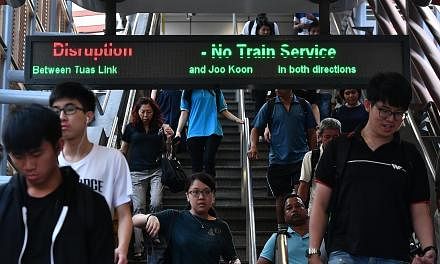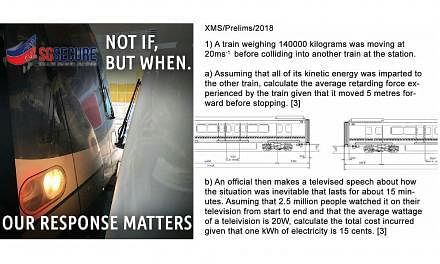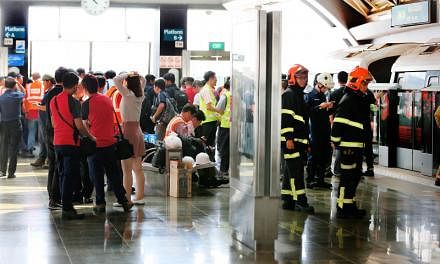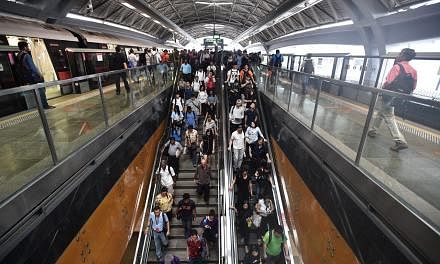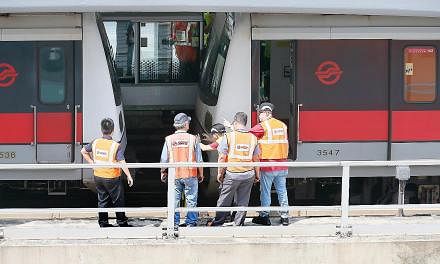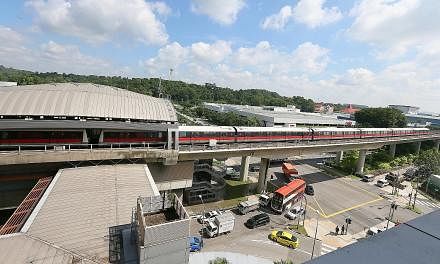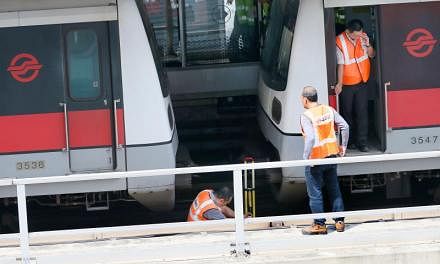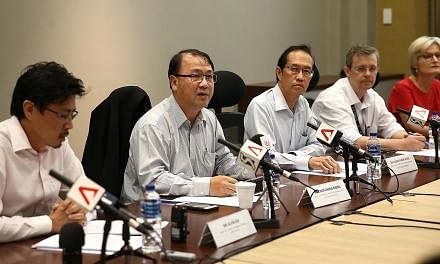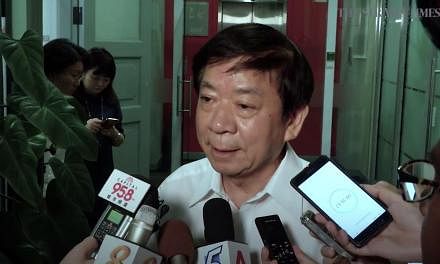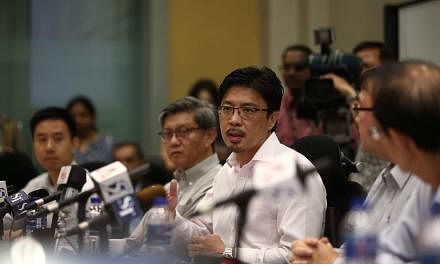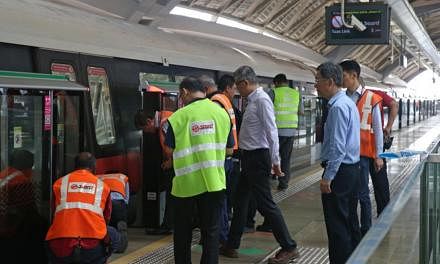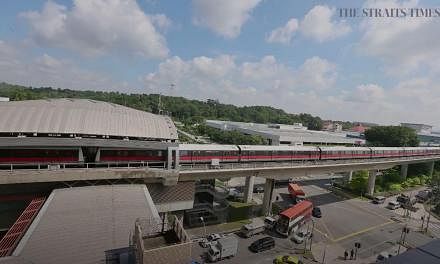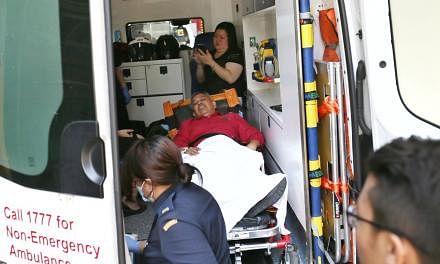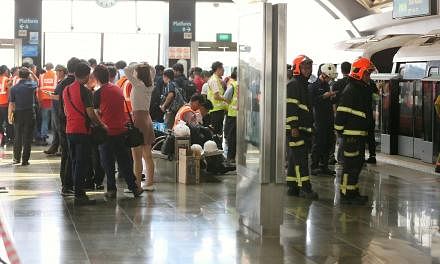SINGAPORE - The company supplying the new signalling system for the East-West Line (EWL) on which a train collision occurred last week, "could have done better", said Transport Minister Khaw Boon Wan on Tuesday (Nov 21).
Mr Khaw said that while French firm Thales was given "challenging situations" of running its system on a small segment of the EWL called the Tuas West Extension (TWE) while the bulk of the line ran on an older system, they could have done better.
Thales on Tuesday (Nov 21) also apologised for the accident last Wednesday (Nov 15) at Joo Koon MRT station that resulted in 38 people injured, and said it has identified the "unexpected condition" responsible for the collision.
In a second press conference to address the case, SMRT, Thales and the Land Transport Authority said that a protective "bubble" around an east-bound train was unexpectedly disabled when it passed by a trackside device at Clementi.
The device had yet to be modified for compatibility with Thales' system.
The absence of this "bubble" - which helps to keep trains at a safe distance from each other - was not detected until the train had reached Pioneer MRT station on its westbound leg. This was because Pioneer station is where trains switched over to the new signalling system.
While a decision was made to get passengers to disembark at Joo Koon MRT, a second train behind it rear-ended the first one.
Mr Khaw said that when the four-station, 7.5km TWE, which opened in June, was launched it was meant to be a seamless service.
"In hindsight, this introduced a lot of complications because you have two stretches, each running on different signalling systems," he added.
Mr Khaw said to avoid these complications, the decision was made to have "complete separation" between the old and new signalling systems.
Mr Khaw said the collision - as well as the flooding incident - have "shattered" the confidence of commuters. "But it has happened, and we have to get over it, and regain the public's confidence."
Upping the reliability of the whole system would be key to this end, he noted.



